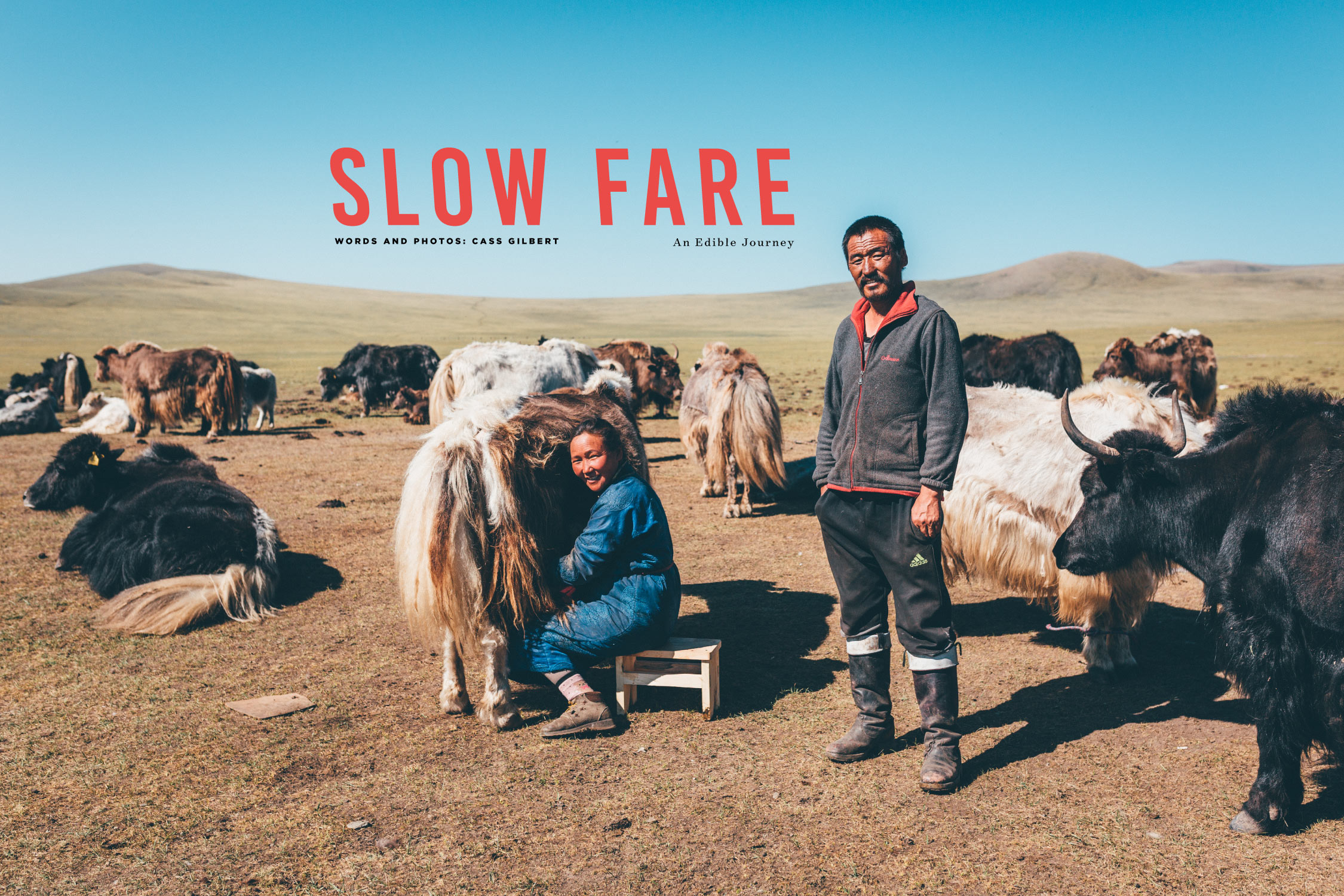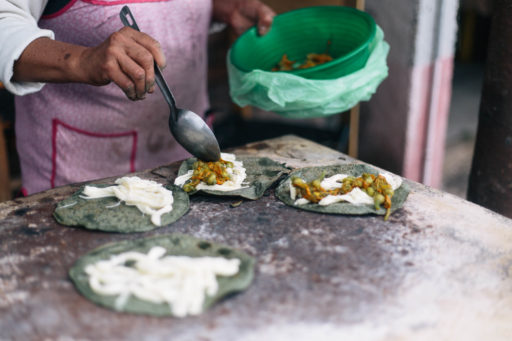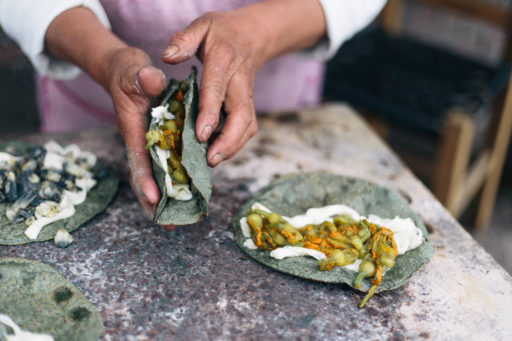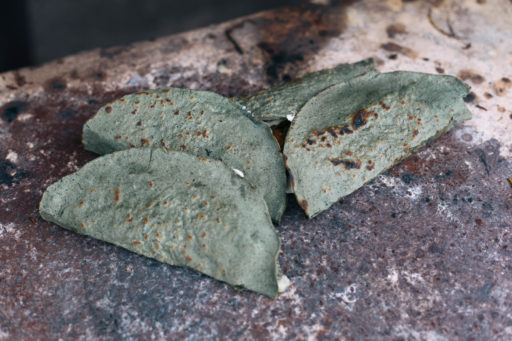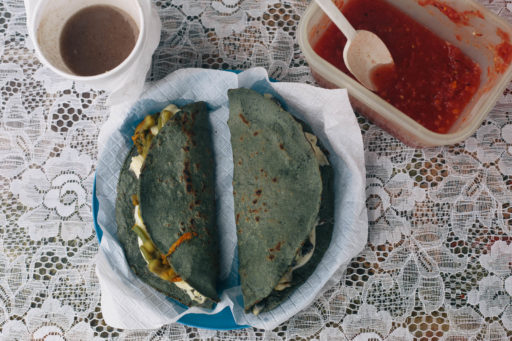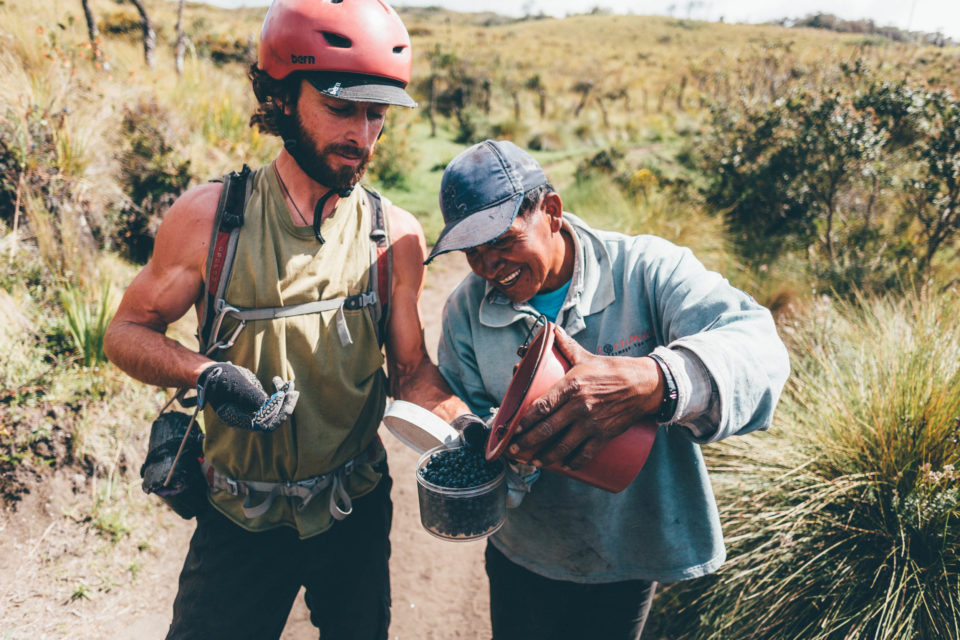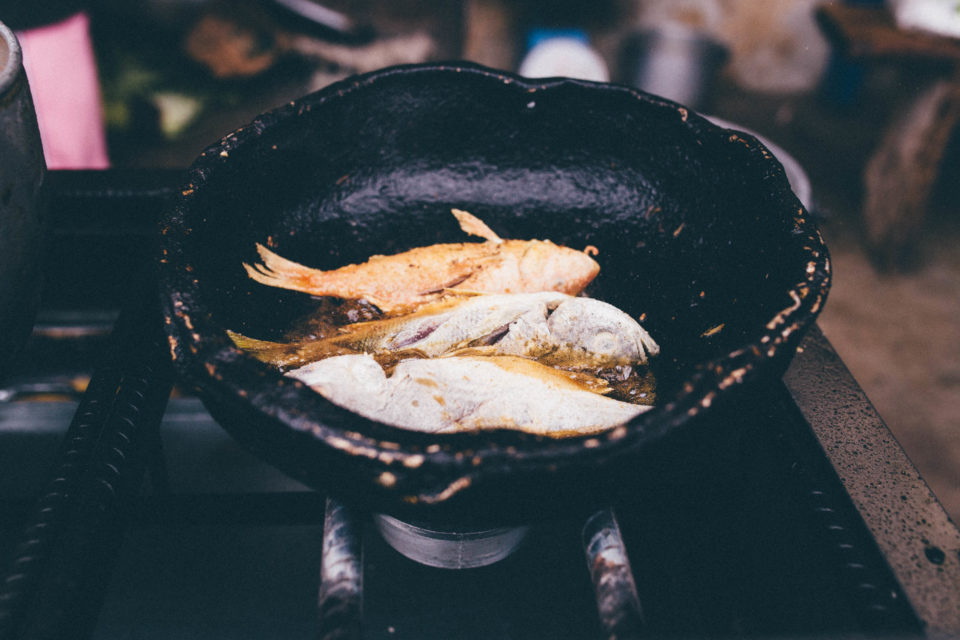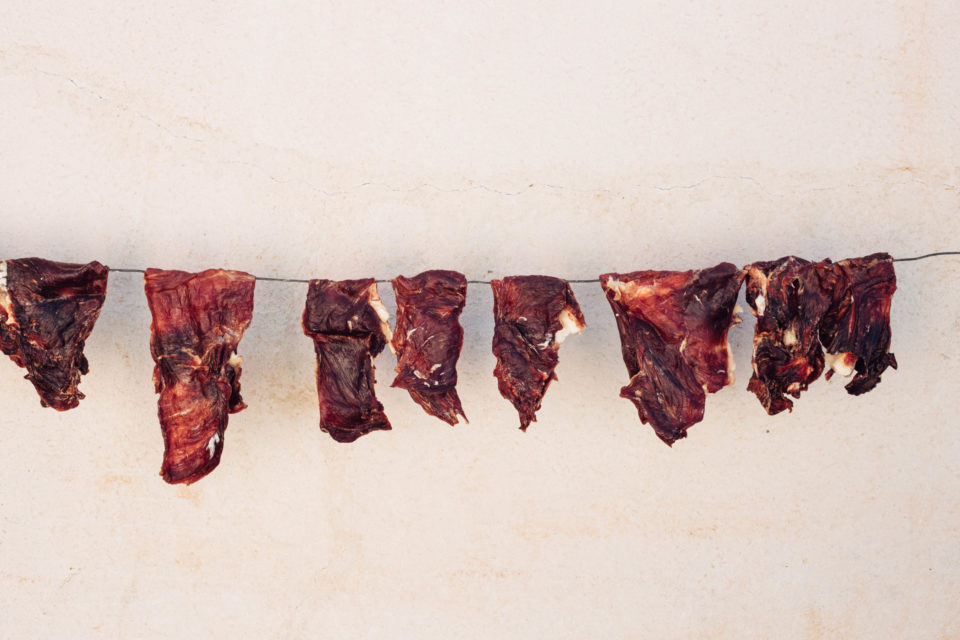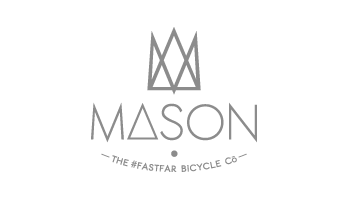Slow Fare: An Edible Journey
In this feature story, originally published in the first issue of our printed publication, The Bikepacking Journal, Cass Gilbert reflects on how slowing down and thinking about the foods he eats has given him a deeper connection to the people and places he encounters while traveling…
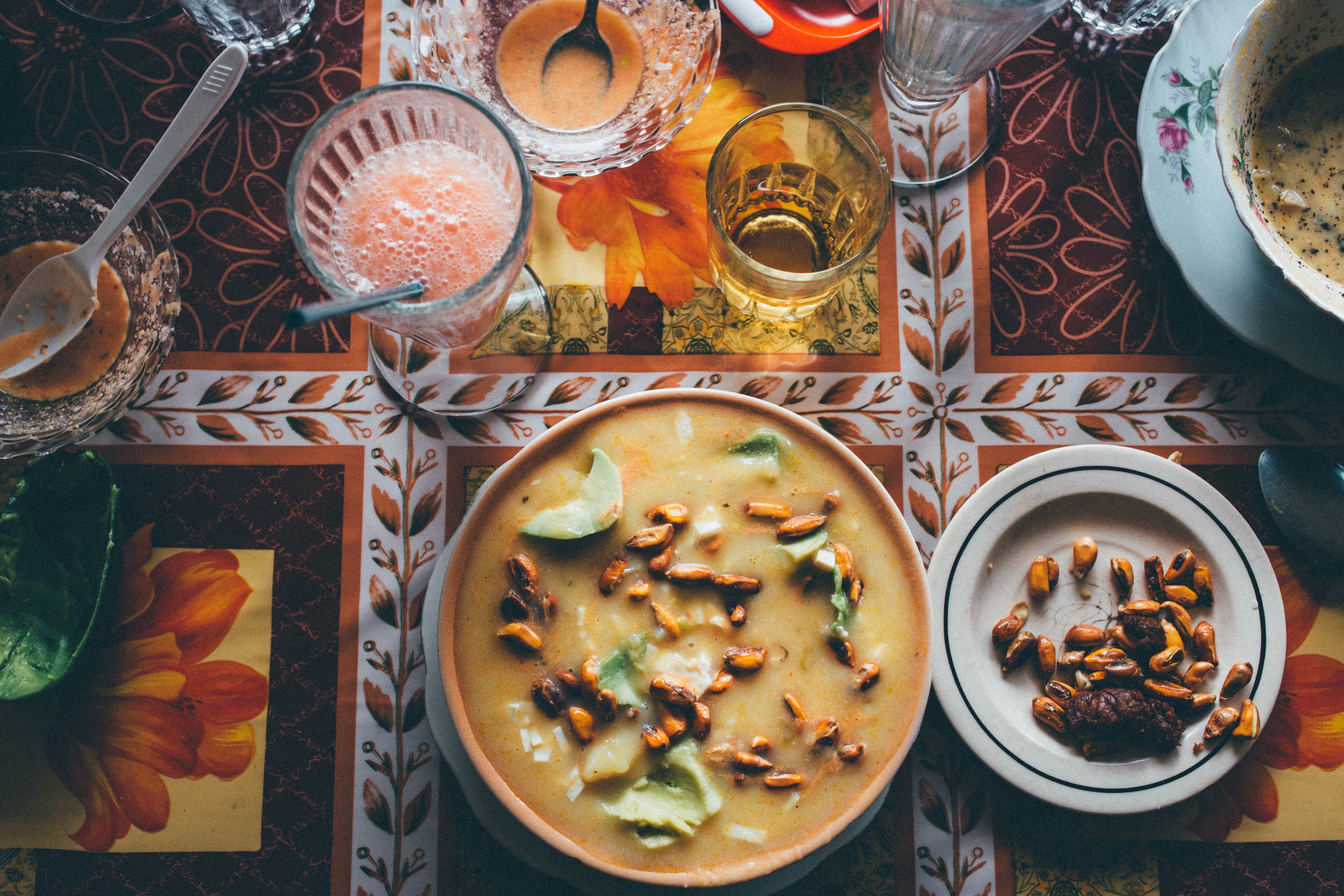
This story originally appeared in the first issue of The Bikepacking Journal, our biannually printed publication, in October 2018. To read more stories like this one—in the full glory of print—join our Bikepacking Collective. In fact, if you enjoy reading BIKEPACKING.com and think it’s a valuable resource, it’s the single best thing you can to do support us.
The more I cycle, the more I eat. And the more I eat, the more I question just what it is that I’m putting into this body of mine. I query the food I expect to fuel me, to nourish me, to keep my spirits buoyant when my legs are tired and the road winds on, and on.
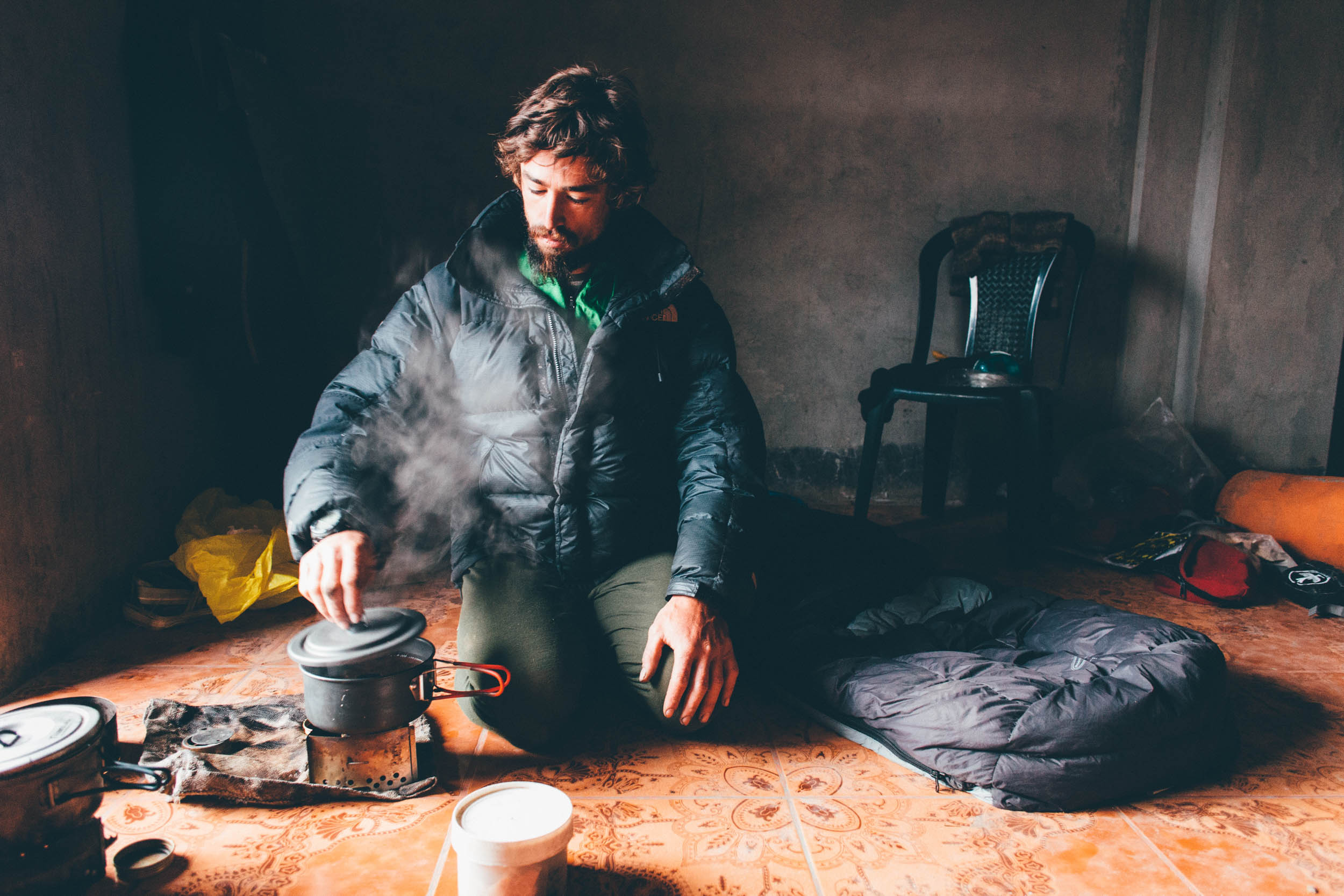
As cyclists, we often take pride in our ability to devour anything and everything we want, in proportions that make more sedentary beings raise quizzical eyebrows. We delight in stuffing our bodies with whatever we find along our journeys, sometimes even basking in how junky it can be. Hey, it’s fuel, and I need it, we reason. My body is a furnace. Donuts? Sure, I’ll take half a dozen. Burger? Yep, I’ll inhale two, please. Snickers? Why of course, there’s always room in my frame bag.
If bicycle touring is inherently about slowing down, then why do we so often resort to fast food? It’s a strange juxtaposition. I’ll admit that practising the art of culinary patience is no easy task for the hungry cyclist. We’re famished. We need to eat. Now! But I like to think of the act of restraint epitomised by the oh-so-slow opening of a grain of quinoa and the delights it brings to those who wait.
This newfound appreciation for eating ‘real food’ whilst bicycle touring has, more recently, taken me on a different journey. It’s one that’s been as rewarding as the path along which I trust my handlebars to lead me. These days, I’m just as likely to be lost in a labyrinth of backstreet markets, haggling with wily Bolivian ladies over the price of a bag of roasted barley, as to be debating the best route to take out of town with a passerby. Along this edible journey, I’ve realised how natural foods have a power to connect people, be it the path you took to source them, or the very act of eating them. After all, isn’t the act of toasting tortillas around the campfire more memorable than jet boiling a prepackaged dinner and rolling into your sleeping bag?
Yes, I know, fresh produce is a pain to lug around. Squeezing in those extra carrots will have you scrutinising your panniers for valuable pockets of unused space. But fear not. You can shed pack weight and still ride healthy. Wise friends of mine in Ecuador shared with me the art of creating homemade camping fare. From their family farm, they harvest vegetables and dehydrate them, compacting them in ziplock bags of hearty goodness. On a recent ride along the Colorado Trail, our natural provisions – chard, carrots, onions, spinach, zucchini, and tomatoes – lasted us two whole weeks. Added to miso soups and rice noodles, they brought with them a sense of wellness that permeated both body and soul.
The potential for such food-inspired connections is everywhere. Recently in Peru, I chanced upon a tiny, weather-beaten store tucked high in the folds of the Andes. Its shelves were bare, except for plastic bottles of Coca-Cola and packs of cookies. I deliberated. I likely even salivated. I almost succumbed to the temptation of the intoxicating rush of sugars, but instead I asked the owner if there was anything else on offer, perhaps something less packaged and processed. Rather than looking at me as if I was a needy oddball, he nodded, spoke a few words in Quechua to his wife, and quickly invited me into their home for fresh cheese from the cow that stood in their yard and organic boiled potatoes dug up from the garden. Soil even came included, as did the conversation I shared with them. It was not the first time I was struck by the extent to which packaged food and prepared drinks have permeated every nook and cranny of the world, even where healthy and tasty produce is still readily available, if you only ask.
Now, I’m not preaching complete abstinence. Bicycle touring is about adaptation. It teaches us to adjust to our surroundings and appreciate what they offer, whether it be in the form of food or shelter or headwind or corrugated road. There are still times when I eat what I can find and enjoy it for what it is. As much as I lament the insidious dollar store and its dumbing down of food, sometimes I’m grateful it exists and sustains me, in some shape or form.
Yet, with an open mind and a little extra time and effort and planning, you can invariably unearth healthy, appetizing alternatives. After all, don’t we travel to immerse ourselves in an unfamiliar land? Local cuisine, however bizarre it may initially seem, is often a gateway to a country’s history and its heritage, as much as it is a fuel. In few places is this more evident than in Mongolia’s culinary repertoire of meat, gristle, meat, gristle, and more meat. In the Mongolian grasslands, I listened to an elderly woman’s tale of sampling a Russian potato for the first time. She spat it out, exclaiming that it tasted like dirt. As for the notion of greens, “What’s the point?” she asked. “The sheep eat the grass, and we eat the sheep.”Indeed, food vignettes can be extremely revealing. The sight of Peruvian men hunched over massive, grubby glasses of chicha, the potent, home-fermented corn drink that leaves cyclists giddy and wobbly on their bikes, is as part and parcel of the landscape as the Andean peaks themselves. Who knew that a red flag raised outside a building denotes a fresh batch of chicha is available on tap? Sampling such delights – each brew distinctly different from the next – is as good a reason as any to explore the backroads of the Cusco countryside.

As I ponder new touring horizons, I explore ways to connect my routes to local, natural foods. Like my obsessive search for the sweet, succulent, soft-in-the-hand chirimoya, a South American custard fruit. Or my Andean ritual of beginning each day with a piping hot glass of emoliente, a traditional streetside tonic laced with medicinal plants and herbs, like chamomile, alfalfa, and Aloe vera, packed into a 30 cent, health-laden bargain. Or my evening routine of seeking out a platter of picarones, the delicious sweet potato rings drizzled in warm honey. Perhaps food will increasingly dictate not just where I travel, but when. Certainly, I’m glad I didn’t miss the walnuts that grow in abundance in the Republic of Georgia. Time your ride right and pickers balanced on rickety ladders will gladly ply you with handfuls.
It’s for these reasons that part of my bikepacking process – alongside carefully considering gear, poring over satellite imagery, and seeking out dirt roads – now revolves around a quest for real foods. I choose the bicycle to see and understand this planet because of what it symbolises: freedom, connection, an environmental awareness, a healthy lifestyle, and the ease with which it coaxes me to sleep at night. I’m increasingly beginning to see what I consume along the way as part of this same jigsaw. A beautiful route. Wonderful company. A sublime camping spot. And wholesome, nourishing food. These days, I can ask for little more.






